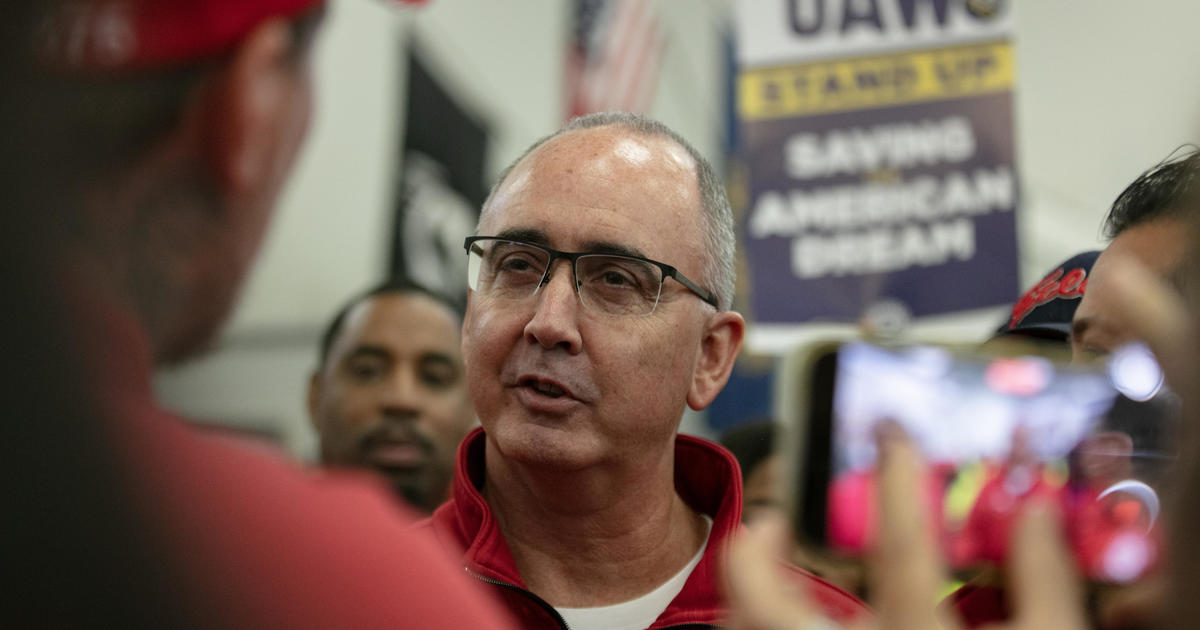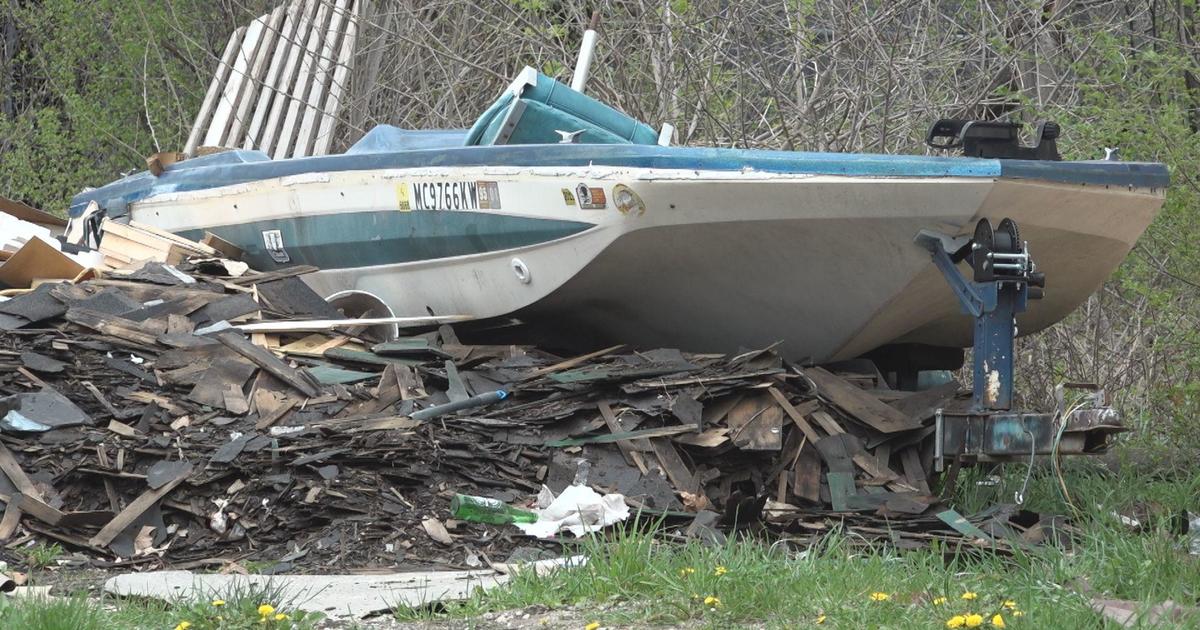New WMU Device A Cut Above For Hard, Brittle Materials
KALAMAZOO -- A new, high-tech device that generates intense pressure and heat to cut extremely hard and brittle materials has been developed by Western Michigan University researchers. They say it could soon have a huge commercial impact on the machining of difficult-to-machine engineered components.
The technological breakthrough, spearheaded by John Patten, director of the WMU Manufacturing Research Center, and senior research associate and postdoctoral fellow Deepak Ravindra, uses high pressures generated by diamond cutting tools, along with intense and focused laser light, to cut hard, brittle objects, such as glass, ceramics, semiconductors, porcelain, stone and much more.
The technology could revolutionize the processing and manufacturing of brittle materials, drastically reducing the time and the cost to manufacture everything from complex semiconductors to optical mirrors.
The impact it could have on the microelectromechanical systems, electronics and optics industries alone is monumental. Semiconductors are the bedrock of modern electronics and essential to the manufacture of computers, cell phones, entertainment devices and systems and a multitude of other electronic devices. To say the device is at the "cutting edge" of new technologies designed to speed the processing of brittle materials is not only jest, but highly accurate, say its developers.
Already the research has garnered worldwide recognition among those with the authority to put cash behind new, emerging technologies, and a business has been formed -- Micro-Laser Assisted Machining Technologies LLC -- with Ravindra as co-founder and chief technical officer, and Patten as co-founder and chief scientific officer.
The National Science Foundation recently awarded Patten and Ravindra an NSF Innovation Corps Program -- I-Corps -- grant of $50,000 to pursue the technology's commercial viability and ready it for commercialization. This included a three-month boot camp for emerging startup companies under the direction of Silicon Valley venture capitalists, which includes two one-week, intensive business development sessions at Stanford University through the NSF funded I-Corps Program. Ravindra, who earned bachelor's, masters and doctoral degrees from WMU in mechanical engineering, is the entrepreneurial lead and Tom Gross, a senior entrepreneur and current CEO of another university startup, is the team's business mentor. Gross is a fellow WMU alumnus and a recipient of the Distinguished Alumni Award.
Patten and Ravindra say manufacturers currently use expensive diamond tools to cut hard, brittle objects, creating cracks in the part and severe tool wear during the process. These cracks have to be painstakingly polished, requiring enormous amounts of time and money.
"In our Micro-LAM process, we do not introduce any form of cracks or fracture in the first place, so we do not need to spend any unnecessary post-processing time and money trying to repair any damage caused," Ravindra says.
Intense heat from a laser and high pressure -- temperatures above 1,000 degrees Centigrade (1,830 degrees Fahrenheit), pressure in excess of 100 gigapascals (150 million pounds per square inch) -- at the tiny cutting point, about one-tenth the size of a human hair, converts the material being cut into a metallic state, allowing plastic-like cutting with no cracking. Not only does this greatly reduce the cutting time, it also drastically lowers the finishing time and decreases or eliminates tool wear.
"You're turning something very hard and very brittle into something that is very easily deformed," Patten said.
Patten has been working on the concept since 1995, with related work starting in 1985. It took 10 years to envision an engineering application for it. By 2006, he had decided how it would work, having already submitted a patent the year before in WMU's name. WMU has further supported its development through its Technology Development Fund program.
The NSF I-Corps grant also has helped accelerate its commercial development. The NSF developed the Innovation Corps Program as a means to "nurture a national innovation ecosystem" that builds on existing research and moves it along the pipeline from discovery to technology development that benefits society.
WMU is one of two research universities in Michigan to receive an I-Corps grant, along with several top engineering institutions, including Yale, MIT and Princeton. The WMU team was among the 24 teams selected this year from among 350 applicants.
"This is cutting technology done by splitting hairs," Patten said. "We are the only ones in the world doing this."



